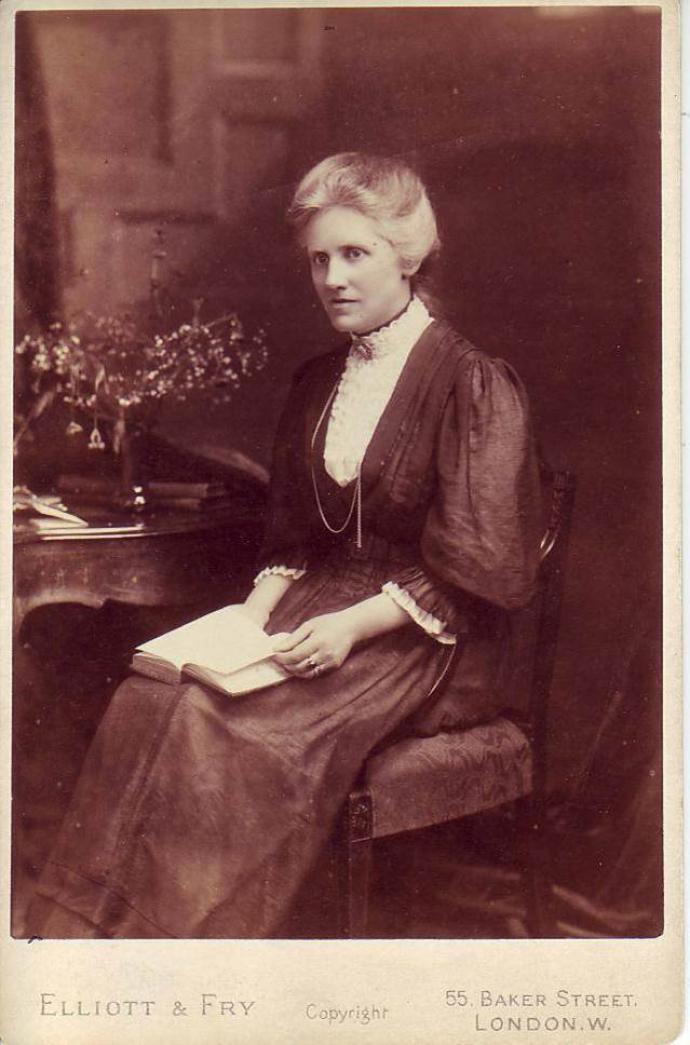Occupation
Mathematician, Astronomer
Year born
1868
Research Areas
The Sun, Sunspots, Magnetic Storms

- Early Life
Annie was born in Strabane, Northern Ireland. She was excellent at maths from a young age.
Annie went on to study at the University of Cambridge on a scholarship, and passed her exams with honours. Annie was the top student of her year, but she was not given a degree. This is because in 1889 Cambridge would only award degrees to men!
- Career Highlights
When she was 23, Annie took a job at the Royal Greenwich Observatory. She was part of a team of 'lady computers' who carried out maths calculations. These women studied data from the Sun, sunspots, and magnetic storms. Annie was poorly paid despite her high level of education. She only earned the same rate of pay given to a 14-year-old boy.
The head of her department was Walter Maunder and when she was 27, Annie and Walter were married. Annie and her husband travelled all around the world. They photographed the Sun and mapped the positions of sunspots over time. They noticed a pattern of changes that became known as a butterfly diagram. They showed that magnetic storms on Earth were caused by the Sun. They also noticed that throughout the 70 years of the 'Little Ice Age' (1645-1715) there had been little or no solar activity. This established a link between sunspot numbers and Earth's climate. This low solar activity is now known as the 'Maunder Minimum'.
Annie faced challenges as a woman in a male-dominated area. Due to rules that stopped married women working in the public service she had to leave her job in 1895, the year she was married. Annie then chose to stay and work unpaid.
Many of Annie's observations were published in scientific journals under her husband's name. It is not clear how much of their work should have been credited just to Annie. She became a Fellow of the Royal Astronomical Society in 1916. Twenty-four years after she first tried to join the then, male-only society.
- Legacy
In 1908 Annie and Walter published a book "The Heavens and their Story". This featured many of Annie's photographs, and she was listed as the primary author.
There is a crater on the Moon named after Annie and Walter.
In 2018, the Royal Observatory Greenwich installed a new telescope called the Annie Maunder Astrographic Telescope (AMAT).
